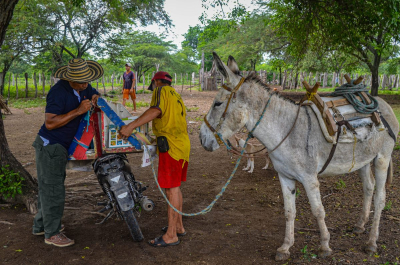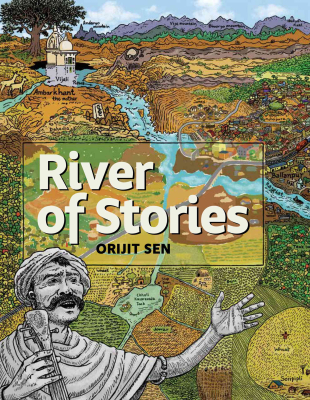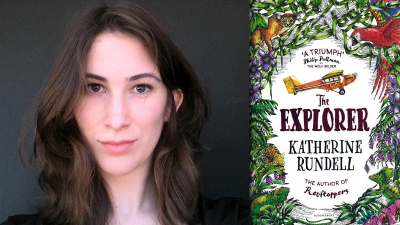Biblioburro: A four-legged library

In La Gloria, Colombia many rural communities lack access to books, limiting educational opportunities for children. Luis Soriano's Biblioburro aims to bring books directly to these communities, bridging the gap and giving children the chance to experience the magic of reading and learning.
In the heart of rural Colomina, where the rugged terrain meets the vast blue sky, a man and hus bvo faithful donkeys carry a precious cargo of knowledge and imagination. The man is Luis Soriano, a teacher with a passion for books, and the donkeys are Alfa and Beto (alfabeto Spanish for alphabet), his trusty companions in his bring the world of literature to the quest to bring the world remote villages of his homeland.
Together, they form the Biblioburro (the donkey library), a mobile library of around 120 books that roams the countryside, spreading the joy of reading and learning to children who would otherwise have no access to books. As they journey across mountains and valleys, Soriano and his companions are greeted with excitement and wonder by the young readers who eagerly gather around them.
A beacon of hope
After finishing high school in La Gloria, Columbia, Soriano knew he wanted to become a teacher, so he got a job at a small rural school, while completing a degree remotely from the Universidad del Magdalena. However, he found that his students were not progressing and did not do their homework, which he attributed to their lack of access to books at home.
Despite his limited access to resources, he resolved to bring knowledge to his pupils by bringing books to them. One day in the year 1997, with the help of one of his donkeys and a stack of books, he set off before dawn and embarked on a challenging journey across the countryside He travelled several miles stopping at the homes of each of his students and reading with them. Afterwards, he lent them the books and promised to come back to collect them the next day. Day after day, he repeated this process, arriving in the early hours of the morning, long before school started. Soriano's Biblioburro soon became more than just a mobile library: it became a beacon of hope a symbol of possibility and a gateway to a brighter future.
More than two decades later, Luis Soriano has not stopped, Despite being robbed a couple of times, facing violent threats and enduring many injuries during his travels, Soriano continues to promote literacy because he believes it is crucial for ending violence and bringing peace to his Country. His library which started off with only 70 books, today, boasts a collection of more than 7.000 titles, most of which were donated after his inspirational story was made known to the public via different media. His admirable work has also inspired two recent children's books. ‘Waiting for the Biblioburro and Biblioburo: A True Story from Colombia’
Through his simple yet effective idea, Soriano continues to inspire others around the world to take action and make a difference in their own communities.
Picture Credit : Googe

